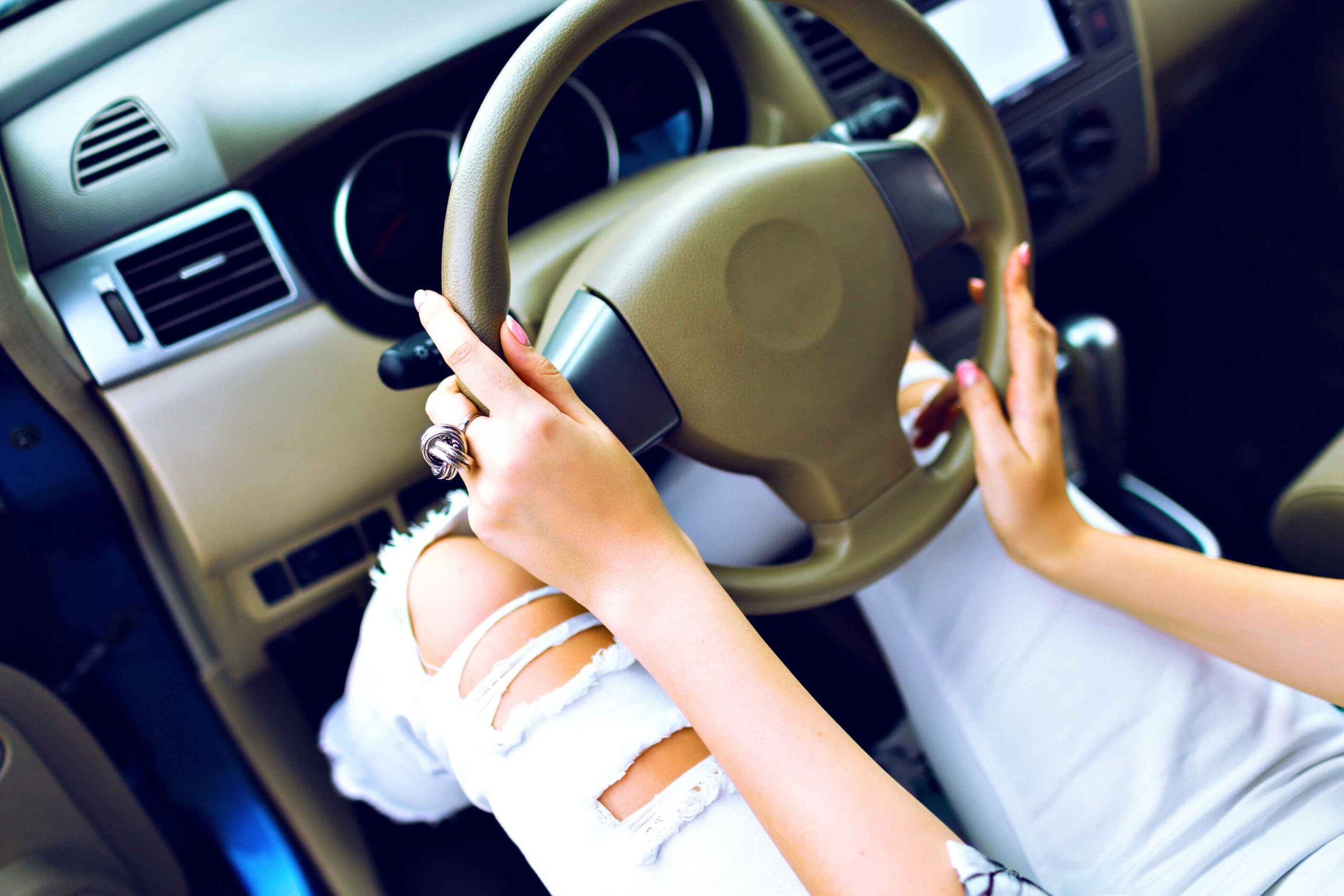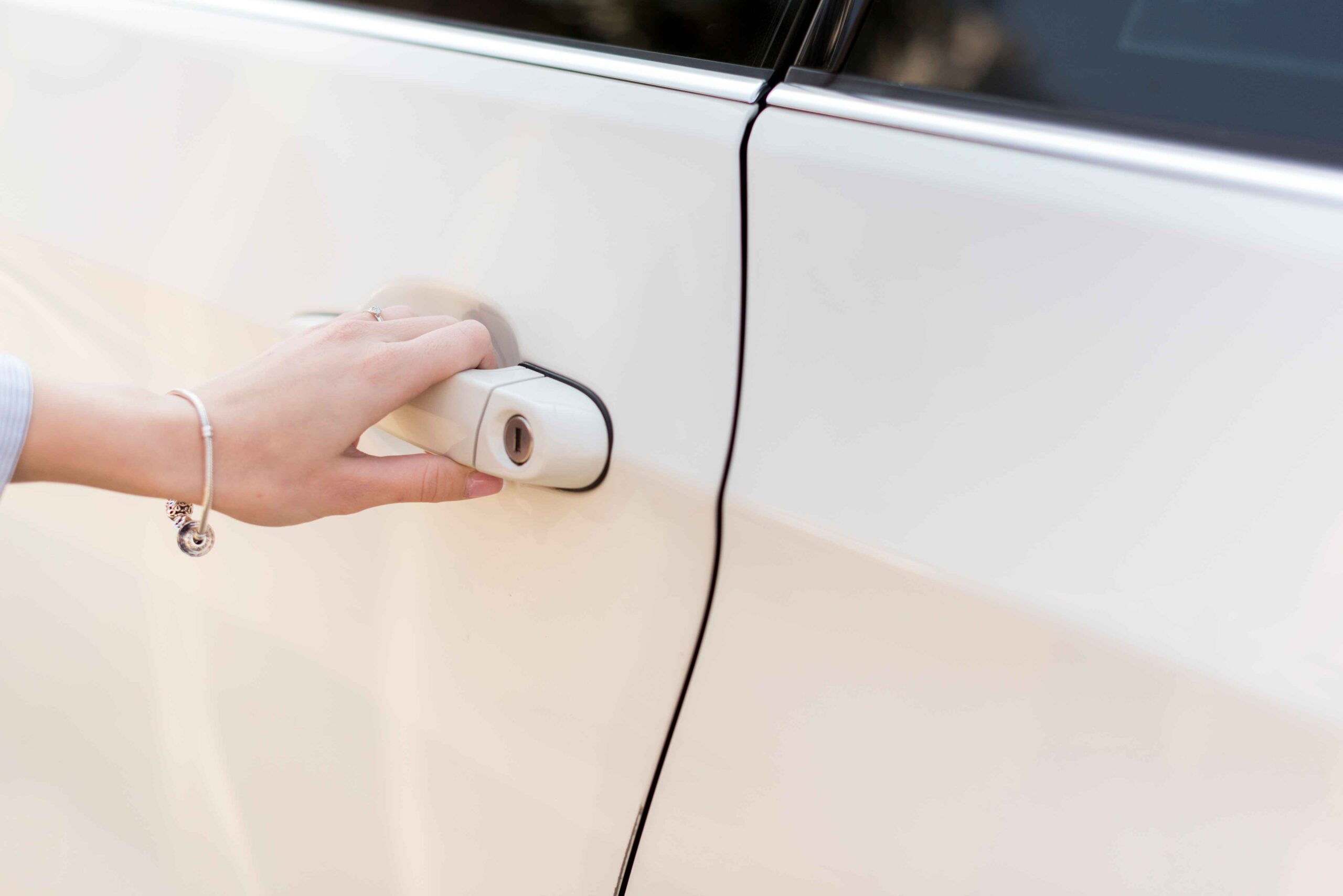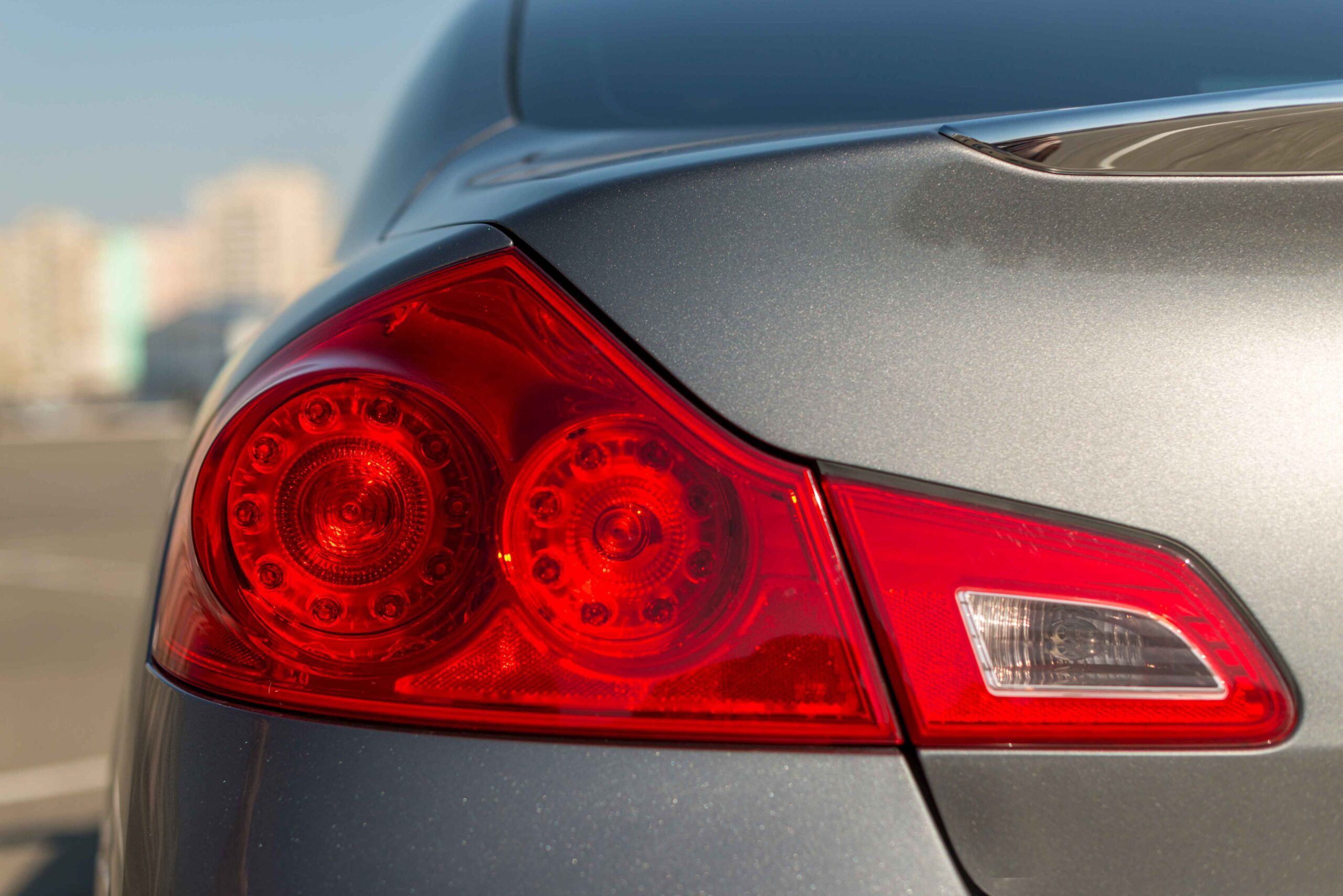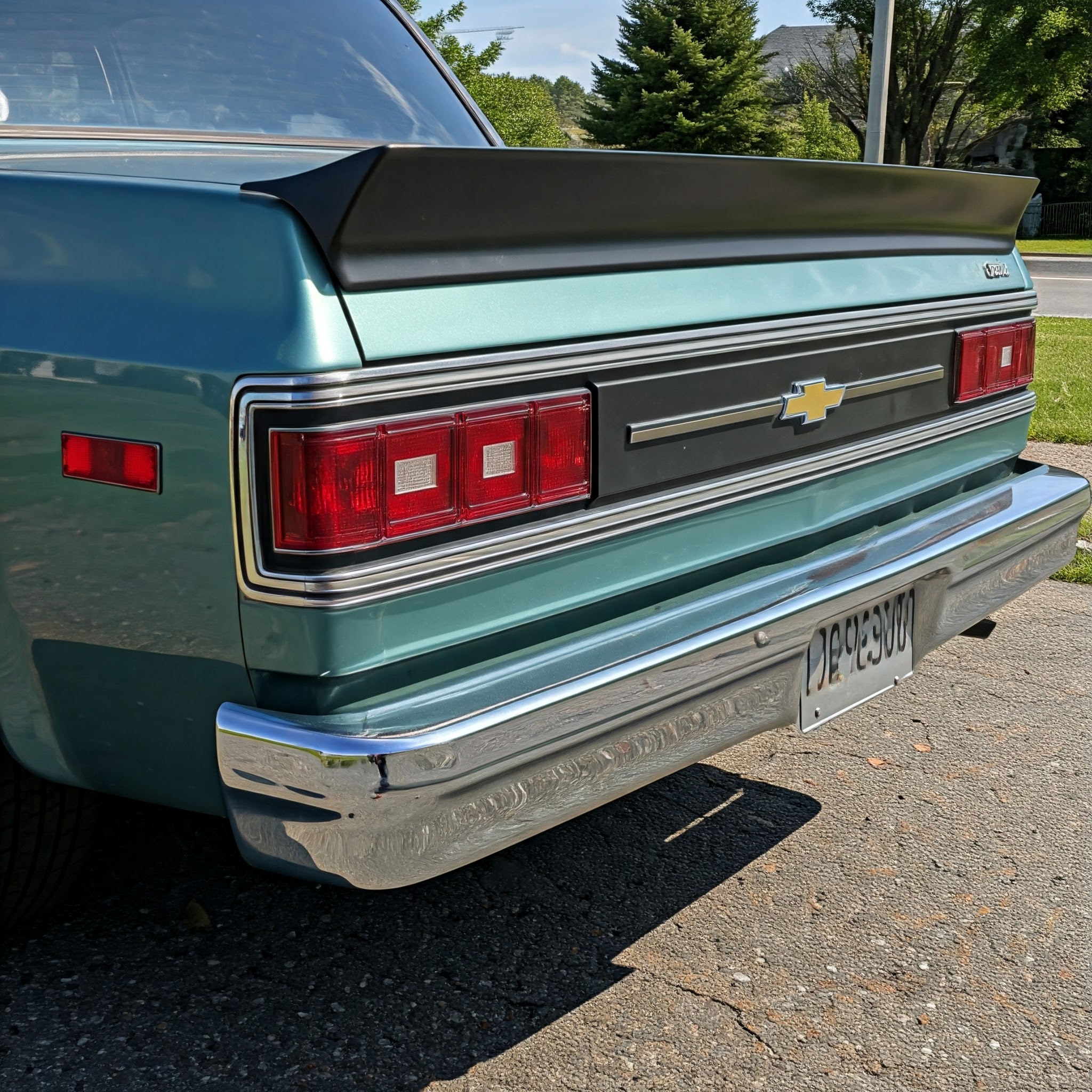Have you ever noticed your car overheating then going back to normal while driving? It’s confusing, right? You’re cruising down the road, and suddenly, the temperature gauge shoots up. But before you know it, everything’s fine again. This is more common than you think.
A study revealed that overheating is one of the top reasons cars break down, especially older models. Breakdowns happen because engines overheat. So, why does your car’s temperature rise and fall? Let’s dive into what’s going on when your engine acts this way.
Why Is Your Car Overheating Then Cooling Down?
What causes your car to overheat then go back to normal? Let’s break it down. If your car’s engine runs hot when stopped but cools down when you start moving, several things could be wrong. It often happens in stop-and-go traffic or when you’re idling. Here’s why.
1. Radiator Fan Isn’t Working
The most common cause of car overheating then going back to normal is a broken radiator fan. When your car is moving, air flows through the radiator, keeping it cool. But when you stop, you create no natural airflow. That’s where the radiator fan comes in. It blows air across the radiator to help the coolant cool down.
If the fan is broken, your engine will overheat while you idle, but as soon as you start driving and increase airflow, the engine cools down.
What to do: Check the radiator fan and replace it if necessary. It’s a relatively easy fix and can prevent future problems.
2. Low Coolant Levels
Engines and coolants share an inseparable bond; if an engine lacks sufficient coolant, it cannot function well because it lacks the necessary support. Coolants manage heat in internal combustion engines, and when the coolant levels vary from the prescribed amount, they harm the cylinder by disrupting optimal conditions, especially when the cylinder is idle. However, driving the car increases airflow towards the engine or cylinder, helping to cool the engine down.
What to do: Check your coolant levels and refill if they’re low. If you find yourself refilling the coolant often, there might be a leak, and you should get that fixed.
3. Thermostat Malfunction
Thermostats are always followed by the stereotype of controlling how much water to put in the engine. However, a malfunctioning thermostat, whether stuck or closed or not working properly causes the engines to overheat by not allowing the coolant to circulate freely. But once driving aids as the fresh air passes through the system enabling the engine to cool down.
What to do: If the thermostat is faulty, you need to replace it. This is a common issue and a straightforward fix.
4. Water Pump Problems
The water pump moves the coolant through your engine and assists with combustion. If the water pump is faulty or fails to work, it will prevent the coolant from circulating, and without circulation or movement, the engine will certainly overheat.
What to do: Have your water pump inspected by a mechanic. If you replace the damaged part, it will solve the problem.
5. Clogged Radiator
Over time, dirt and debris can build up inside the radiator, blocking the flow of coolant. This makes it harder for the engine to stay cool, especially when the car is idling or moving slowly.
What to do: Flushing your radiator can remove any clogs. If the blockage is too severe, you may need to replace the radiator.
What Causes a Car to Overheat but Then Cool Down?
If your car is overheating then going back to normal, here’s what might be happening:
| Problem | Solution |
| Low coolant levels | Refill coolant and check for leaks |
| Broken radiator fan | Replace the radiator fan |
| Faulty thermostat | Replace the thermostat |
| Clogged radiator | Flush or replace the radiator |
| Water pump issues | Replace the water pump |
To fix your car’s overheating problem before it causes bigger issues, follow these steps.
How To Fix Car Running Hot?
If your car is running hot but then cools down when driving, it’s time to take action. Here’s how you can fix it and stop the overheating for good:
- Check Your Coolant: Low coolant is the most common cause of overheating. Make sure you top it up and verify the system works correctly.
- Inspect the Radiator Fan: A broken fan means your engine isn’t cooling down when idling. Replace it if it’s faulty.
- Look at the Thermostat: If your car’s temperature spikes when stopped, the thermostat may not be opening to let coolant flow.
- Examine the Radiator for Blockages: Dirt and debris can stop the radiator from cooling the engine. A flush may be required.
- Check the Water Pump: A broken water pump won’t circulate coolant, causing your car to overheat. Replace it if necessary.
Research shows that regular maintenance can help prevent overheating and other engine issues.
Why Does My Car Heating Up When Stopped But Cool Down While Driving?
If your car is overheating when stopped but goes back to normal when you drive, it’s likely due to airflow. When your car is moving, more air passes through the radiator, which helps cool down the engine. When you’re stopped, the radiator fan moves air across the radiator to cool the car. If the fan isn’t working, the engine overheats.
Replace the radiator fan or top off the coolant to fix this problem. Make sure to address this issue quickly because overheating can lead to serious engine damage.
Common Causes of Overheating Car
Several things can cause your car to overheat, including:
- Low Coolant Levels: If your coolant is low, the engine won’t stay cool. Check for leaks.
- Broken Radiator Fan: The fan helps cool the engine when idling. If the radiator fan is broken, it overheats the car when stopped.
- Clogged Radiator: Dirt in the radiator can block the flow of coolant, causing the engine to overheat.
- Malfunctioning Thermostat: A bad thermostat can stop coolant from reaching the engine, causing overheating.
- Water Pump Failure: The water pump moves coolant through the engine. If it’s not working, the engine will get too hot.
These are the most common engine overheating causes of a car overheating and then cooling down. Fixing them early can prevent more expensive repairs down the road.
How to Fix Your Car When It Overheats
What causes car to overheat and then cool down is important to take action quickly. Here are some steps to follow:
- Pull Over: If the temperature gauge goes into the red, pull over and turn off the engine.
- Let It Cool Down: Wait until the engine cools completely before opening the hood.
- Check Coolant Levels: Once the engine is cool, check the coolant. If it’s low, refill it.
- Inspect for Leaks: Look under the car for any signs of a coolant leak.
- Get Professional Help: If the problem persists, take your car to a mechanic.
Take Action Before It’s Too Late
If your car is overheating and then going back to normal, don’t ignore it. This is a sign that something in your car’s cooling system isn’t working properly. Whether it’s a broken radiator fan, low coolant, or a clogged radiator, these issues can lead to more serious problems if not fixed.
Contact OEM Car Part today for expert advice or to have your car checked out Our team can help you find the right solution and keep your car running smoothly. Don’t wait until it’s too late—protect your engine now.
FAQs
A lack of airflow when your car is stopped usually causes this. A broken radiator fan is often the cause, as it helps cool the engine when the car isn’t moving. Once you start driving, the airflow naturally cools the engine.
If your car tends to overheat while idling or in stop-and-go traffic but runs cooler when driving, it’s likely that the radiator fan isn’t working. You can have a mechanic check it to confirm.
If your car overheats, pull over as soon as it’s safe, turn off the engine, and let it cool down completely before checking the coolant levels. If the coolant is low, refill it.
You should check your coolant levels at least once a month, especially before long drives or during hot weather. Low coolant levels can cause your car to overheat.
No, driving with an overheating engine can cause serious and costly damage. It’s best to stop driving immediately, let the engine cool, and address the issue as soon as possible.







